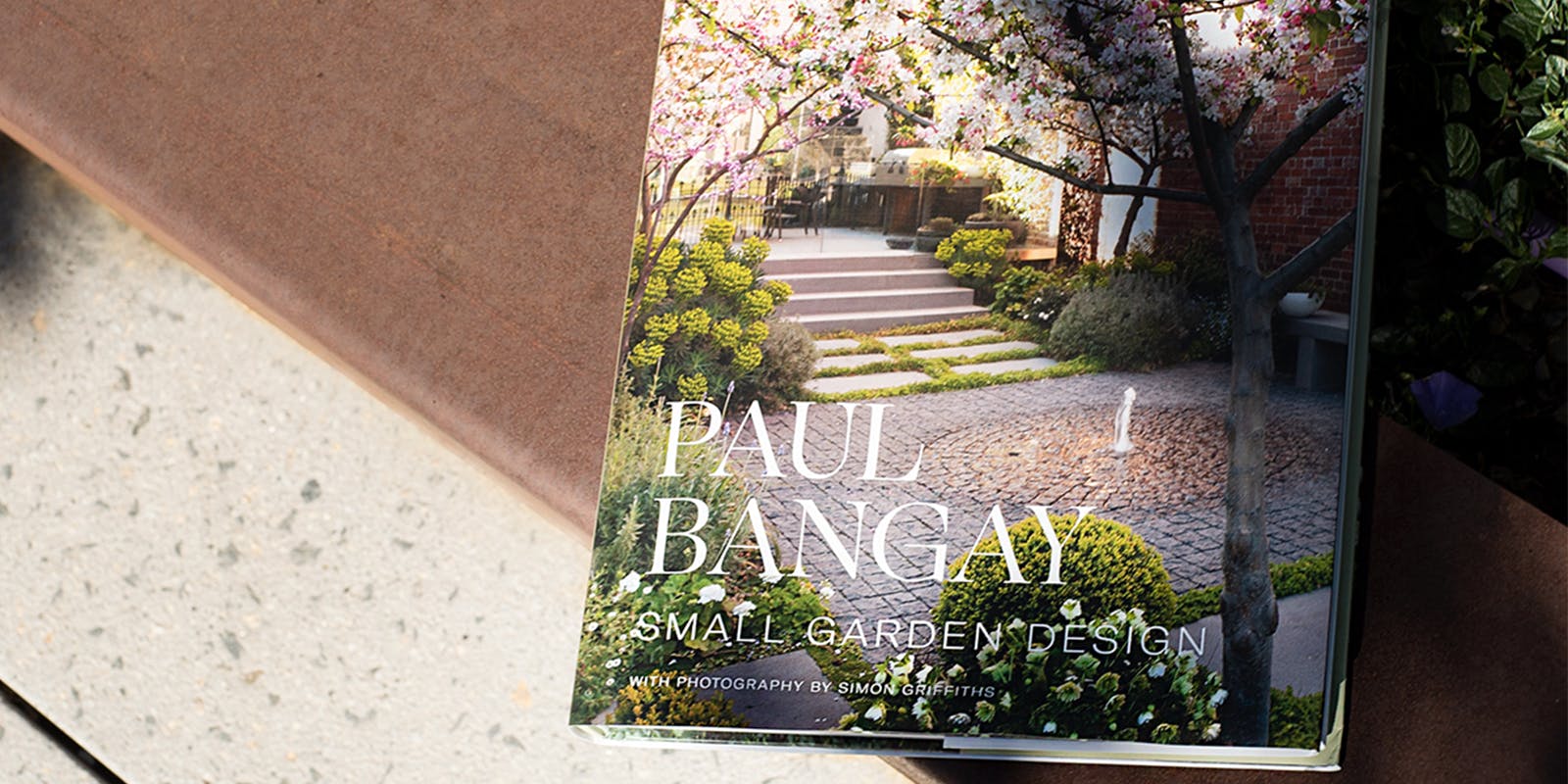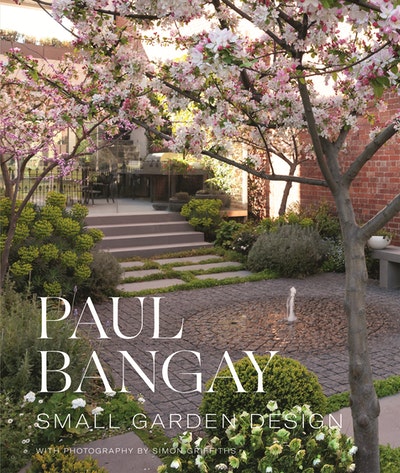From Small Garden Design, Paul Bangay offers some tips on soil types.
The most important component to any garden is also the most basic – soil. Plants simply will not thrive unless the soil is healthy and well drained. For small gardens, soil specifications will fall into two distinct and very different categories; gardens created in natural soil or deep soil bases, and those in planters, troughs and pots.
Natural soil
Courtyards and small inner-city gardens, unless built on a concrete slab supporting an underground basement or the like, will be created in natural soil of all types. Because of the size of the garden, water has little chance to escape or soak into the ground; that means excellent drainage is vital. Stopping the water before it flows into the garden beds through drainage in the surrounding paving or by raising the height of the beds with a retaining wall helps enormously. The garden beds themselves will need to have drainage added to their sub-base usually at a depth of 500-600 mm below surface level.
If you’re using subsoil from the site, make sure you remove any rubble, builders’ waste and large woody roots, and remedy any compaction that might have occurred. Loosen the top 200mm; this can be done with a shovel or, if it’s over a large area, with a small excavator. Once you’ve done that, let the levels settle and top them up if necessary. Don’t add any organic matter.
If existing subsoil isn’t suitable, you’ll need to import subsoil to a depth of 300-700mm, depending on what you’re planning to plant – obviously, mature trees will require much deeper soil. The best kind of soil to use is a medium sandy one, which drains well, and without too much organic matter. Generally, it must be free of ‘unwanted material’. Again, don’t add any organic matter, and let the levels settle and top them up if necessary.
Mulch the beds annually with a well-decomposed compost, fertilise annually using slow release fertiliser and give them an annual application of manure.
An automatic sprinkler system, with rigid PVC piping and spray heads to all garden beds and drippers to all pots, is highly recommended. This should be linked to a hard-wired control box that can be programmed according to the climatic conditions and the time of the year. This will give you the freedom to leave the garden unattended for extended periods.
Manufactured soil
Rooftops, balconies, pots and planter boxes rely on the lightest weight of soil, as wet soil is the largest contributor to weight loading issues. For these, use a well-drained, especially formulated open granular growing medium – they are designed to be as light as possible, and are readily available from all soil suppliers.
For all planters, drainage is essential, and needs to be discharged to a suitable point that doesn’t flow across paving or over the edge of balconies.
Given their limited volume and exposure to the elements, soils in these situations need to be fed regularly and watered more frequently. Use a good slow release fertiliser and a yearly dose of well-rotted manure. Mulching is an issue; given the wind exposure, anything too light will blow away. I use a black scoria, organic in appearance but still heavy enough to remain secure during high winds.
It’s vitally important that a good irrigation system is installed for these gardens, as they will dry out far more quickly than those with deep natural soil. Drip systems with flexible drip pipes are a good solution as they will not create spray drift onto neighbours’ balconies or paving. Monitor the frequency of watering regularly, even in wetter months, as balconies and rooftops are often sheltered from rain.














